Let Sleeping Dragons Lie!
Ninety nine years ago, Explorers Club member William Douglas Burden mounted an expedition to the island of Komodo in the South Sunda Islands to research and obtain the first film footage of the island’s monstrous lizards. Douglas Burden was responsible for giving these huge monitor lizards the name Komodo dragon.
Just recently another Explorers Club member, George Burden (the author) followed up on his cousin’s journey with one of his own. The island had now become part of the Komodo National Park and rangers are able to take visitors on treks to see the creatures in their native environment. The number of visitors is closely monitored to protect the dragons and the park is closed periodically for this reason.
Komodo dragons will readily attack humans so it is important to stay close to rangers and listen to their instructions. In 1974 Swiss Baron Rudolf Reding von Biberegg didn’t listen… and disappeared on the island with nothing but his glasses, camera case and a bloody shoe ever found.
Like Douglas Burden, my wife also accompanied me to Komodo, but unlike the first Mrs. Burden, no Komodo dragons attacked her. We did not remain unscathed however as I suffered a small laceration on my right leg during the visit. More on this later.
The dragons range from little ones (if you consider a metre long to be small!) to gargantuan 3 meter (ten foot long) male dragons like the one which attacked the first Mrs. Burden. It was stopped in its tracks just short of its target by an alert guard.
The dragons are not the only attraction around Komodo. Visitors can skin dive in crystalline waters at Manta Point with massive manta rays, the gentle giants of the ray world. Reefs here are also amazing for the colourful array of tropical fish and coral, as well as sea turtles and the occasional shark. Despite my leg injury I didn’t want to miss out on this opportunity nor on a subsequent dive in a sea cave.
Okay, it is not smart to swim in salt water with skin wounds of any kind. One would think salt water would be helpful for wound healing, but a bacterium called Vibrio loves salt water and Vibrio vulnificus can go from causing a small amount of redness to killing you in as little as 48 hours. The condition is called necrotizing fasciitis or “flesh eating disease”.
My own wound began exhibiting these same features. There is not much medical care available on Komodo but I always carry a good supply of antibiotics when travelling. Starting amoxi-clav did not seem to make much difference to the rapidly expanding redness in my leg and this was disturbing as that antibiotic almost always works on these types of infection. Fearing something worse than a garden variety infection, I started a second antibiotic which targets Vibrio. Slowly the infection began to respond and so far my leg is still attached.
The moral of this story is don’t go into salt water with any kind of open skin wound. As a postscript make sure any open wound stays well covered in the tropics. The screwworm fly can lay eggs quickly in an open wound and the maggots will devour your living flesh quite happily until surgically removed!
A gallery of images from our trip. Click for larger images and to start a slide show.
Photo Credits
Manta photo by Nathalie
All other photos by Stella van der Lugt

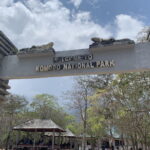
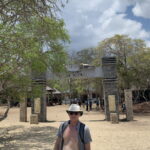
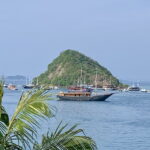
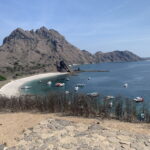
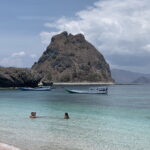
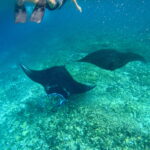


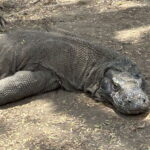
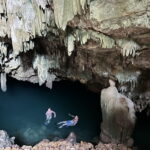
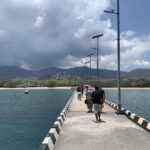
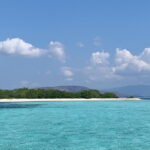
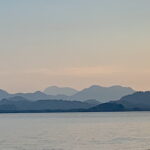
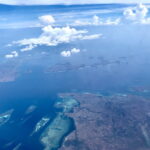
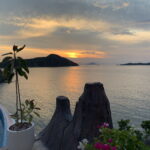


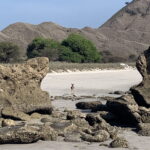


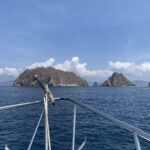
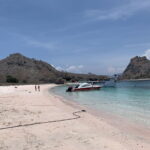

Please Share Your Thoughts - Leave A Comment!